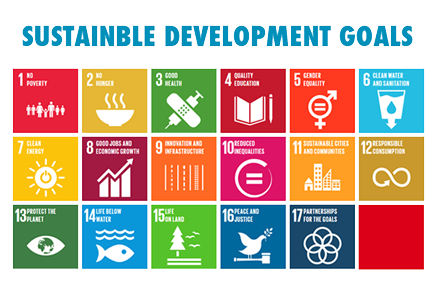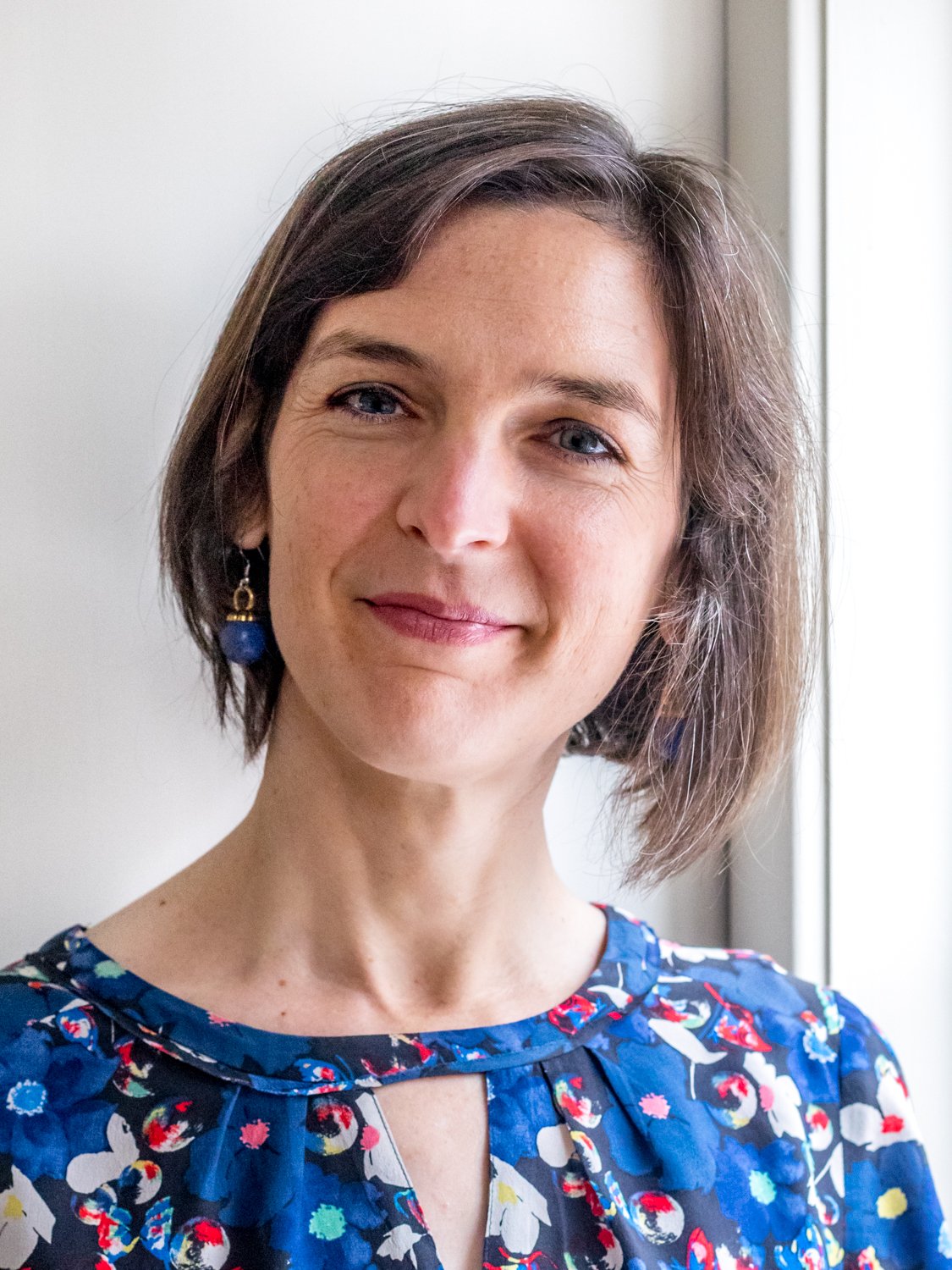THE WAY WE CAN ACHIEVE 169 SDG TARGETS
There Are No Silver Bullets
by Annie Duflo
The UN Sustainable Development Goals (SDGs) are upon us, the goals which the international community will agree on for helping the poor around the world. They follow the Millennium Development Goals (MDGs), which to hear one former UN official tell it, started out very humbly but had an outsized impact on global agendas. The eight goals served as organizing principles that NGOs, governments and other leaders could get behind to make a concerted effort, and although people argue over how much can be credited to the goals, most agree that there has been significant progress.

Building on the eight MDGs has been an impressive proliferation of goals for the SDGs – 169 targets in 17 categories so far, for example, and the first is the most ambitious of all: End poverty in all its forms everywhere. We can all agree in principle on that and the other 100+ targets, but after the documents are signed and hands shaken will come the work of actually ending poverty, and for that, some lessons from the MDGs (which also had as Goal 1, ending poverty) may be instructive.
A New Rubric for Ending Poverty
In roughly the last 15 years, the same time period as the MDGs, we’ve also seen the growth of the biggest advances in the fight against poverty, the power of good science. Not science as in high-tech solutions to particular problems (which have a mixed track record), but in our ability to measure how much effect an anti-poverty program has, the same way scientists in other fields do, using randomized evaluations. Similar to how the effectiveness of a medicine is evaluated, researchers look at a group that gets a program as well as a similar group that continues life as normal, and follow them to compare how the lives of the people in the two groups have changed. A year after a microloan program starts in a village, are the people there making more money than a similar village without the program? (Not as expected it turns out). Does giving cash grants which don’t have to be repaid improve food security in Kenya? (Yes, significantly).
Let’s look at a specific example from the MDGs where data uncovered a hidden problem, a serious one. MDG 2 is achieving universal primary education, and an infographic from the MDGs, cites an impressive statistic – “Enrollment in primary education in developing regions has reached 91 percent.” Some countries are well above this number. Governments can happily report this goal achieved. However, the data shows that learning levels did not match this progress. In India for example, a study found 44 percent of children age seven to 12 could not read a basic paragraph, and 50 percent could not do simple subtraction, even though most were enrolled in school. In one major city, only 19.5 percent of the students enrolled in third grade could correctly answer questions testing first grade math questions. The situation is similar in other countries.

The data uncovered the symptom, but what about the underlying cause? With our affiliated researchers at Innovations for Poverty Action (IPA) and our sister organization at MIT, J-PAL, we used systematic randomized evaluations to test hypotheses for what could be going on.
Are the classes too big? Are teachers and students lacking basic learning tools, such as textbooks or teaching and learning materials? It turns out that while these sound like obvious hypotheses (when you see crowded classrooms, or six students sharing a text book, isn’t it the first thing you would think of?), reducing class size, and providing more of the same text books, in the absence of any other reforms, did not improve learning levels.
A deeper look at the data revealed though, that textbooks were helping – but only the kids at the top of the class, and this showed us something. With universal education, many children now come to school who have no preparation and no help at home – as a result, teachers have to teach a mandated curriculum, and to do so they focus on the best students, leaving many behind. And, if you don’t know how to read, a textbook won’t help much.
So, programs that tackle this particular problem are likely to be impactful. For example, the Indian NGO Pratham uses low-cost community-based tutors to work with the lowest performing kids and bring them up to speed on basic reading and math – and an evaluation found that this was effective at increasing learning levels. IPA worked with the Ministry of Education in Ghana to adapt this approach, pilot and evaluate it in a representative sample of 500 schools from all over the country, with similar success. The education-focused SDGs also now focus on learning outcomes, not merely enrollment. (I strongly recommend this interview with economist Karthik Muralidharan for a good summary on education.)
What we saw in education, we’re seeing everywhere – data pointing the way to understanding and solving problems. Innovations for Poverty Action alone, with its affiliated researchers has conducted over 500 randomized evaluations (you can browse a database here) in over 50 countries across poverty-related areas such as financial inclusion, health, sanitation and farming. One of our insights has been that there are no silver bullets. Each solution that works gets us a little bit of the way there, but like the famous saying “the medium is the message” – the method is the message. It’s not that any single miracle invention will help us achieve a particular SDG, but the increasing focus on evidence and scientific rigor will help us get there, for ending poverty, and the 100+ other goals as well.
For details about the goals and a way to get involved, go here and here.
* * *
This post was originally published by the Huffington Post on September 1, 2015. It is part of a series produced by The Huffington Post, ”What’s Working: Sustainable Development Goals,” in conjunction with the United Nations’ Sustainable Development Goals (SDGs). The proposed set of milestones will be the subject of discussion at the UN General Assembly meeting on Sept. 25-27, 2015 in New York. The goals, which will replace the UN’s Millennium Development Goals (2000-2015), cover 17 key areas of development – including poverty, hunger, health, education, and gender equality, among many others. As part of The Huffington Post’s commitment to solutions-oriented journalism, this What’s Working SDG blog series will focus on one goal every weekday in September. This post addresses Goal 1.
Header Photo: Unsplash


